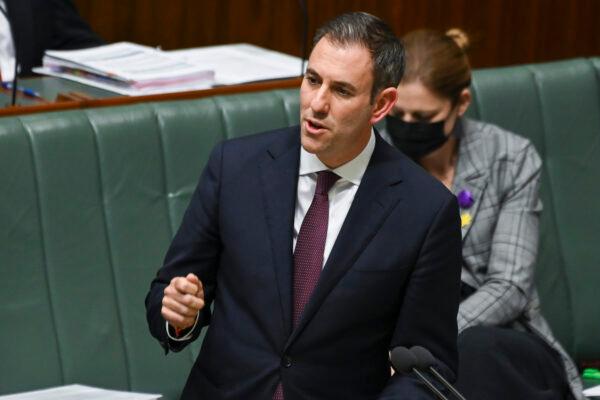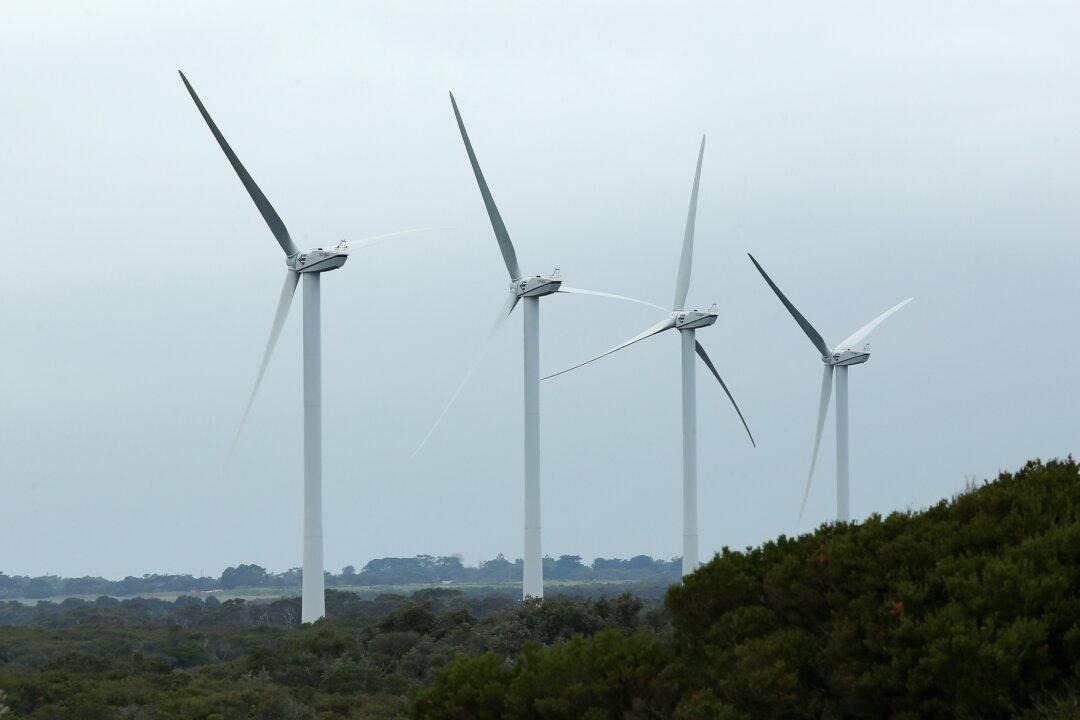Australian Treasurer Jim Chalmers has asked the country’s competition authority to investigate the deposit rates banks are offering savers due to concerns about the delays in rate increases.
In an interview with the Australian Financial Review, the treasurer noted that consumers should have received a boost to their saving rates by now.
“People who rely on their savings bore the brunt of very low rates in the past, and they should see the benefits of higher rates now–it should be the silver lining in all of this.”
Chalmers also said that he had asked the Australian Competition and Consumer Commission (ACCC) to investigate the matter in 2023.
This is not the first time the treasurer has raised the issue of banks delaying raising deposit rates for their customers.

Major Banks Fall Behind in Passing on Rate Rises to Savers
Data from the financial comparison website RateCity shows that Australia’s big four banks, namely Commonwealth Bank, ANZ, NAB and Westpac, are slower to raise saving rates than smaller competitors after the latest rate hike by the central bank in early December.Specifically, the Bank of Queensland is offering up to 4.75 percent for customers under 35 years old, while ING and Move Bank are offering a maximum ongoing rate of 4.55 percent and 4.5 percent, respectively, for some of their savings accounts with the highest rates.
In comparison, Commonwealth Bank is offering savers a steady rate of 1.6 percent for its NetBank Saver account, the highest among the big four banks’ flexible online saving accounts with no conditions attached, and a maximum rate of 3.25 percent for the GoalSaver account.
Meanwhile, Westpac is offering as low as 0.85 percent for its eSaver account and up to 3.75 percent for the Life account.

The major banks’ actions appear to be in stark contrast to when they quickly passed on the rate hike to borrowers shortly after the central bank’s announcements.
RateCity research director Sally Tindall said banks used many common strategies to avoid passing on the full interest rate rise, including raising rates for some saving accounts but not others and offering promotional or conditional rates to customers.
In addition, Tindall said banks used some conditions attached to high-rate saving products, such as requiring savers to deposit a certain amount into the account each month to convert savers into using their services primarily.
Another tactic employed by banks to attract customers saving up for a holiday or a house deposit is to provide higher rates for younger savers.
The ACCC’s Response
Following the treasurer’s remarks, the ACCC said it welcomed the government’s confirmation of an inquiry into the retail deposit market.“We look forward to receiving a legal direction from the treasurer, which will set out timing for the inquiry and terms of reference,” an ACCC spokesperson told The Epoch Times.
The agency also noted that compared to the changes in interest rates borne by mortgage customers, increases in banks’ saving rates are often lower, slower or conditional.
“This inquiry will provide transparency on these issues,” the spokesperson said.
While Tindall welcomed the ACCC’s probe, she said consumers did not need to wait for the inquiry’s results and should shop around to look for a better deal as the deposit market was very competitive.
“What we are seeing as the result of rate hikes is the gap between the highest savings account and the lowest is widening. So people need to be proactive until those banks decide to lift rates across the board,” she said.





